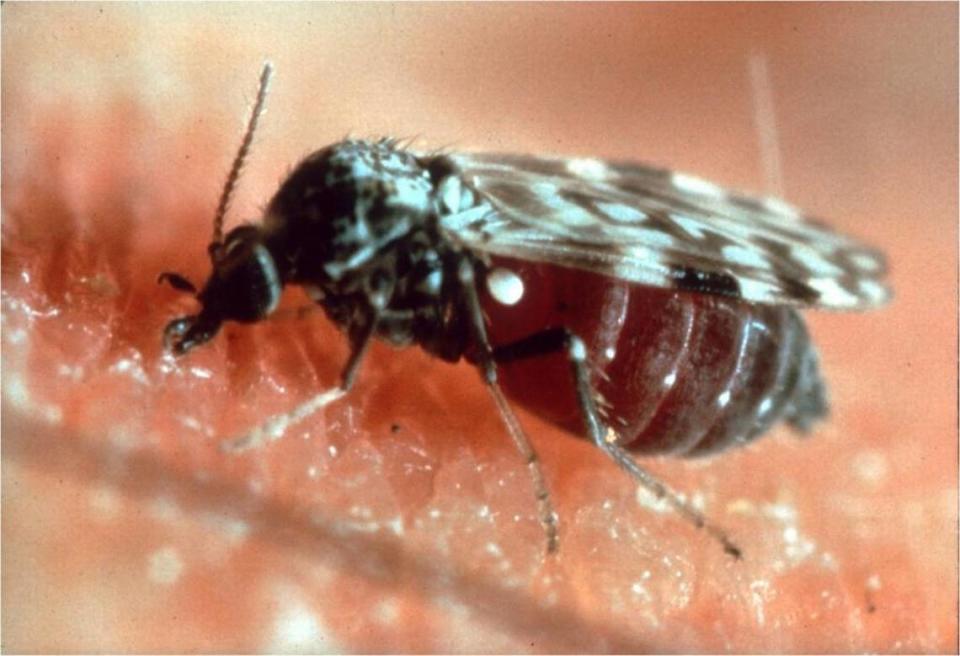Fact check: Are sand fleas biting you on the Myrtle Beach, SC coast?
If you’re itchy when you leave the beach, you might wonder why.
Some people think there are insects called sand fleas that bite you. But some experts say the creature that bites you and the sand flea are likely entirely different beasts.
South Carolina state entomologist Timothy Drake Jr. has what you need to know about sand fleas.
What is a sand flea?
There are many creatures known colloquially as sand fleas.
“Mostly what people are getting bitten by are either what we call sands fleas, that are crustaceans, or by no-see-ums,” Drake said.
Mole crabs are sometimes called sand fleas. Some anglers call the inch-long mole crab a sand flea. It is prized by anglers as bait.
The mole crab’s relative, the sand flea, is less than a quarter of an inch long and has pincers like crabs. Also called landhoppers or sandhoppers, they can pinch people sitting in the sand. These members of the family Talitridae are relatively uncommon in South Carolina, according to Drake.

While not a flea, the biting insect no-see-ums (family Ceratopogonidae) are sometimes mistaken for sand fleas. These are small flies found in salt marshes and swamps that leave itchy bites.
There is an actual flea species found in the sand – chigoe or jigger fleas – but they do not live in South Carolina. These fleas (Tunga penetrans) are found in sub-Saharan Africa and Central and South America.
How do I avoid getting bitten on the beach?
Staying on a beach towel can help you avoid getting pinched by the cretaceous sand fleas, as they live in the sand.
No-see-ums are most common from March through May and, due to their small size and weak wings, can only bite on windless days. These insects tend to bite people’s heads, arms and legs, said Drake, because, as cattle pests, they go for hairy parts of the body. Protecting your head by wearing a hat is the most effective way to prevent no-see-um bites, Drake said.

